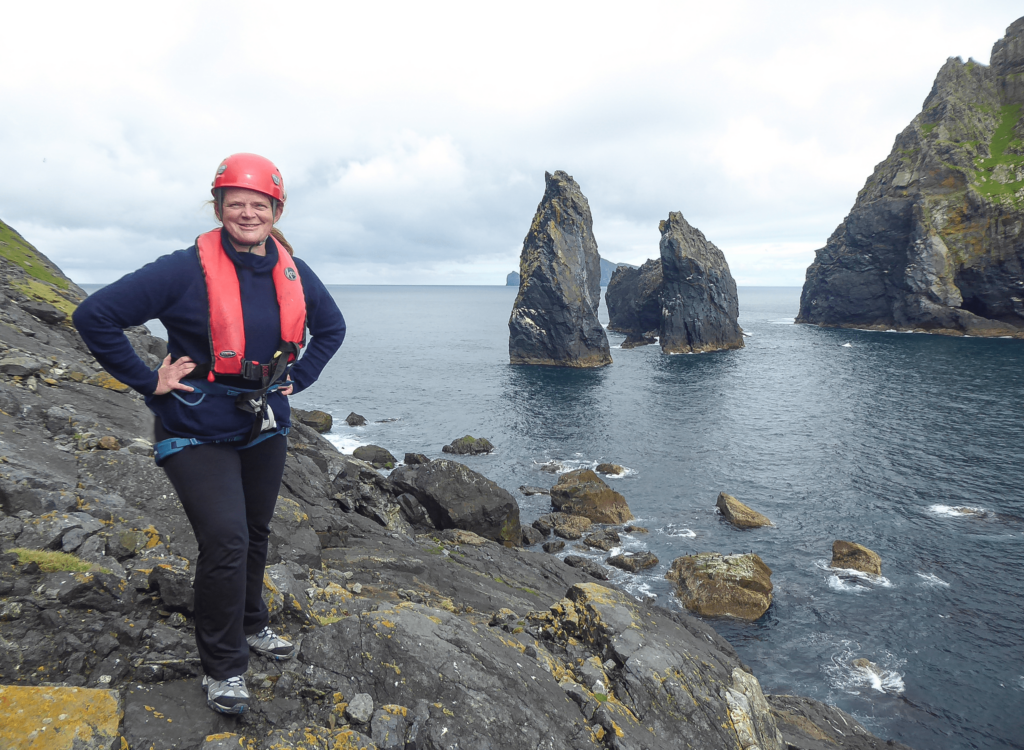A SMALL archipelago set in the Atlantic, 99 miles from Mainland Scotland, is one of only 39 mixed UNESCO World Heritage Sites across the globe
Since the middle of the 19th Century, there has been great interest in the natural history of the isolated site.
The Soay sheep, St Kilda wren and St Kilda fieldmouse are unique to the islands, which are also home to Europe’s most important seabird colony and one of the major seabird breeding stations in the North Atlantic.
The group of islands is so significant that the permanent protection of this heritage is of the highest importance to the international community.
Evidence indicates that the archipelago was occupied continuously for over 4,000 years until the last inhabitants left in 1930, but ever since 1957 there has been a continual presence of researchers, conservationists, volunteers and military personnel.

Climate change and invasive non-native species are the biggest threats to St Kilda, and these issues are the focus of a new ten-year management plan which the National Trust for Scotland has just published.
The islands and their seabird populations have also been badly impacted by avian flu over the past two years.
Conservation measures set out in the plan include a programme of building maintenance, an enhanced biosecurity plan and species monitoring, which encompass the Trust’s conservation and sustainability measures set out in its new strategy, Nature, Beauty & Heritage for Everyone, including an ambitious goal to become carbon negative by 2031/32.
Developed with partners from Historic Environment Scotland, NatureScot, Comhairle nan Eilean Siar and the Ministry of Defence, the plan outlines a decade-long journey to further conserve and sustain St Kilda.
Over the next ten years the partners’ vision will be delivered through six outcomes:
- The biodiversity, habitats and ecological functions of the World Heritage Site will be conserved.
- The cultural heritage of the World Heritage Site will be conserved.
- Global challenges (such as climate change) and other risks to St Kilda will be identified, and mitigation and adaptation implemented.
- Access to St Kilda will be enhanced in a sustainable way and more people will be presented with additional opportunities to experience the World Heritage Site, understand its significance and support its protection.
- Opportunities for research and knowledge sharing will be enhanced, and research will be used to underpin the management and interpretation of the World Heritage Site.
- Effective management of the islands, which is transparent, collaborative and underpinned by sustainable practices, will be achieved.
The partners have already begun to put the management plan into action and have taken steps in identifying the specific climate change risks to St Kilda.
A recent three-day workshop examined data in detail and provided the group with a much better understanding of where the biggest impacts would be and where to focus resources.
From this workshop, mitigations are being put in place and work to conserve and sustain the archipelago will begin.
Investments have also been made in more environmentally sympathetic and energy efficient buildings on the island by the Ministry of Defence with the support of the National Trust for Scotland.
The dramatic scenery and wildlife draws an increasing number of visitors to the archipelago each year and it is a goal of the National Trust for Scotland to ensure the rust’s places are cared for and bring benefit to Scotland’s people and communities.
This new St Kilda management plan will ensure that the remarkable islands are protected, cared for and enjoyed for generations to come.
Philip Long OBE, Chief Executive of the National Trust for Scotland, said: “The publication of the St Kilda Management Plan marks the beginning of a ten-year journey to find out more about this wonderful and inspiring place.
“To share knowledge of its wildlife and culture and help contribute to the wider community in the Western Isles and its sustainability.
“Because of St Kilda’s historic interdependency of landscape, wildlife and culture, it is inscribed as a mixed World Heritage Site, the only one in the UK to have this status.
“This exceptional significance means it is essential that its management balances these different conservation needs.
“So, working together with our partners we will ensure that we take full responsibility for passing the site onto future generations in the best possible condition.
“In our ten-year strategy, we set out bold ambitions in caring for and preserving not only Scotland’s built heritage, but also its vast natural landscapes.
“By focusing our conservation efforts in these special locations, we’re both improving habitats and biodiversity and taking further steps in our charity’s efforts to address the climate crisis and its affect on nature and biodiversity.”
Caring for more than 100 sites, over the last 90 years the Trust has pioneered public access to and shared ownership of some of the most magnificent buildings, collections, and landscapes in Scotland.
Since announcing its new ten-year strategy, Nature, Beauty & Heritage for Everyone, earlier this year, the Trust has begun to outline the numerous ways it will achieve its ambitious plans to protect and preserve Scotland’s rich natural and built heritage.
